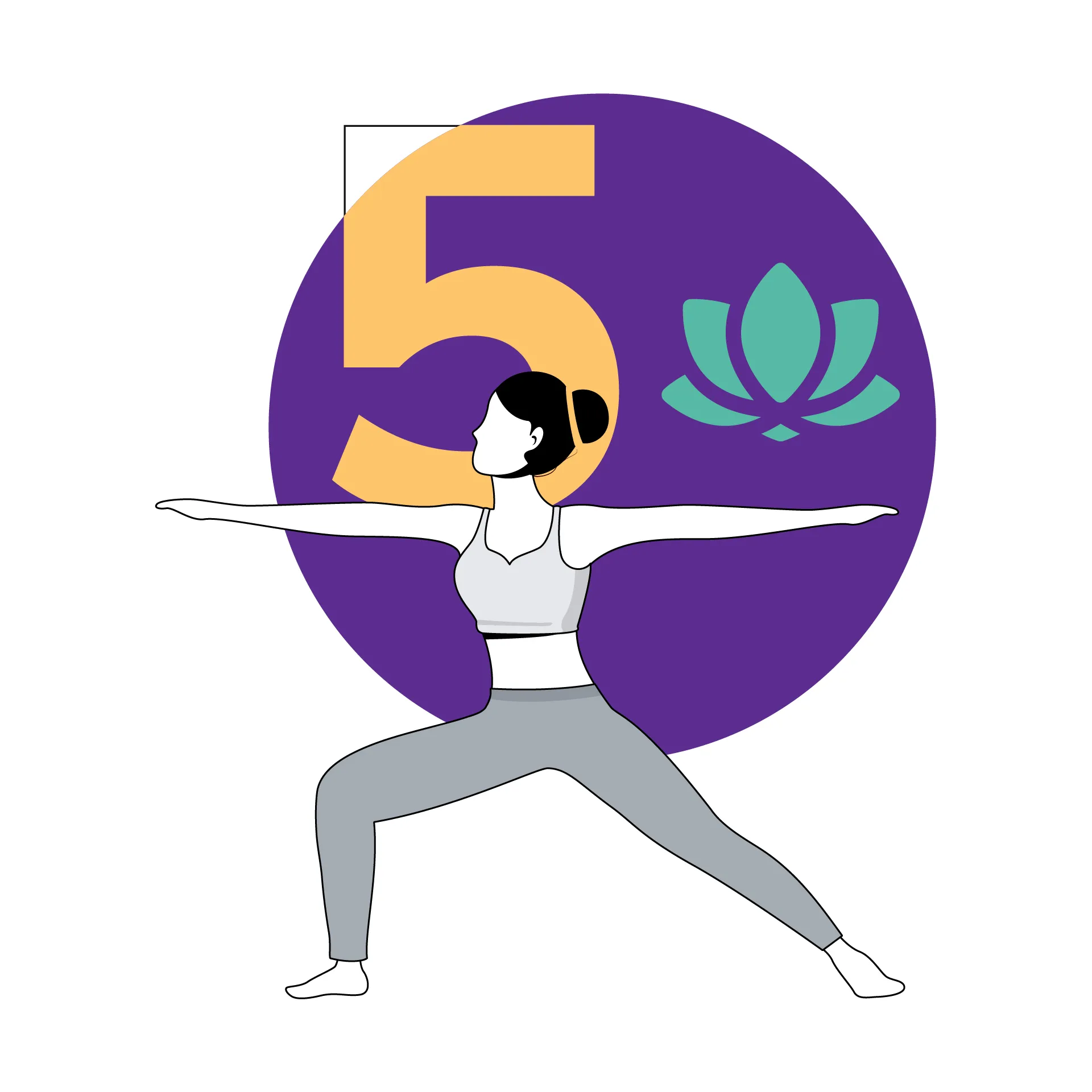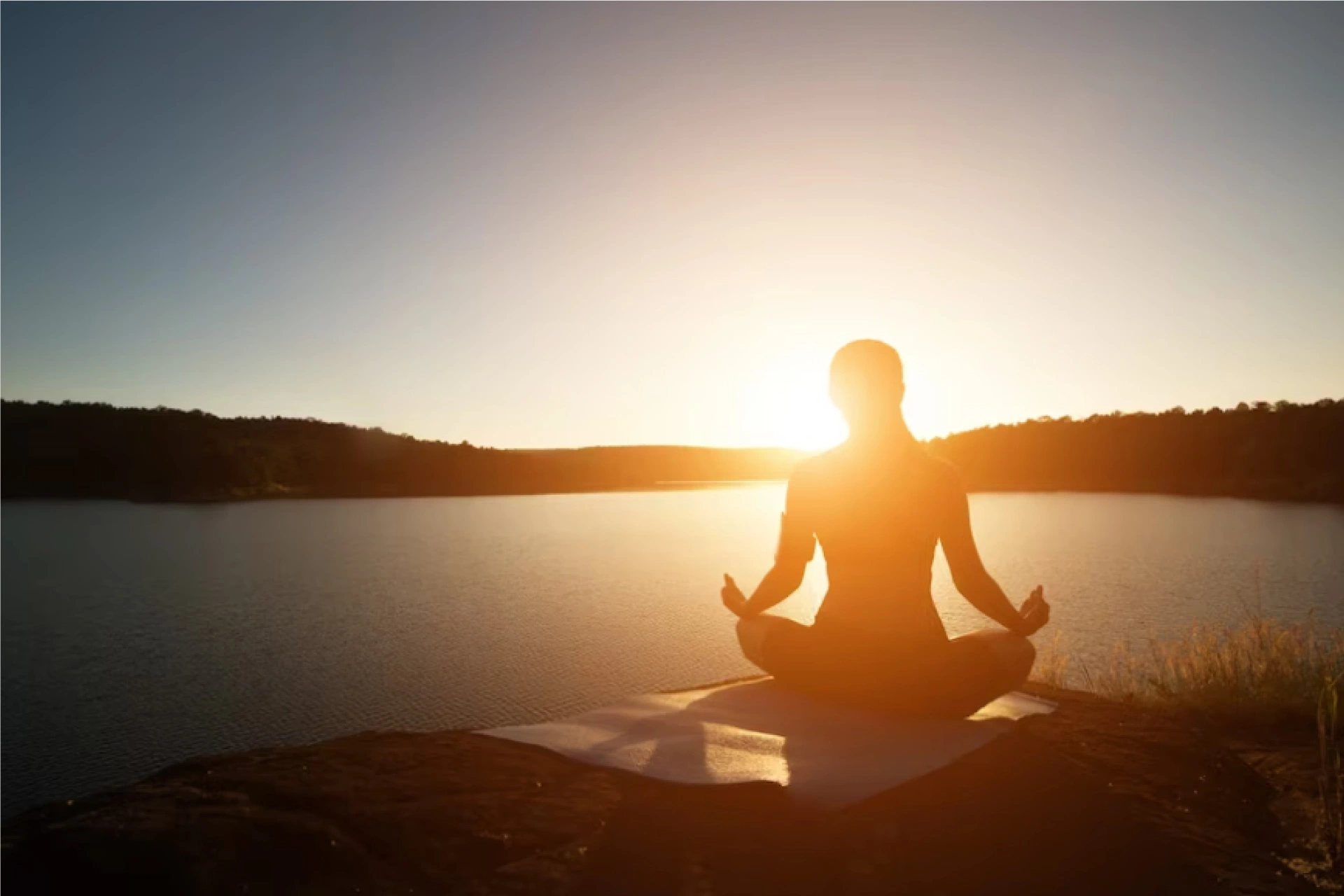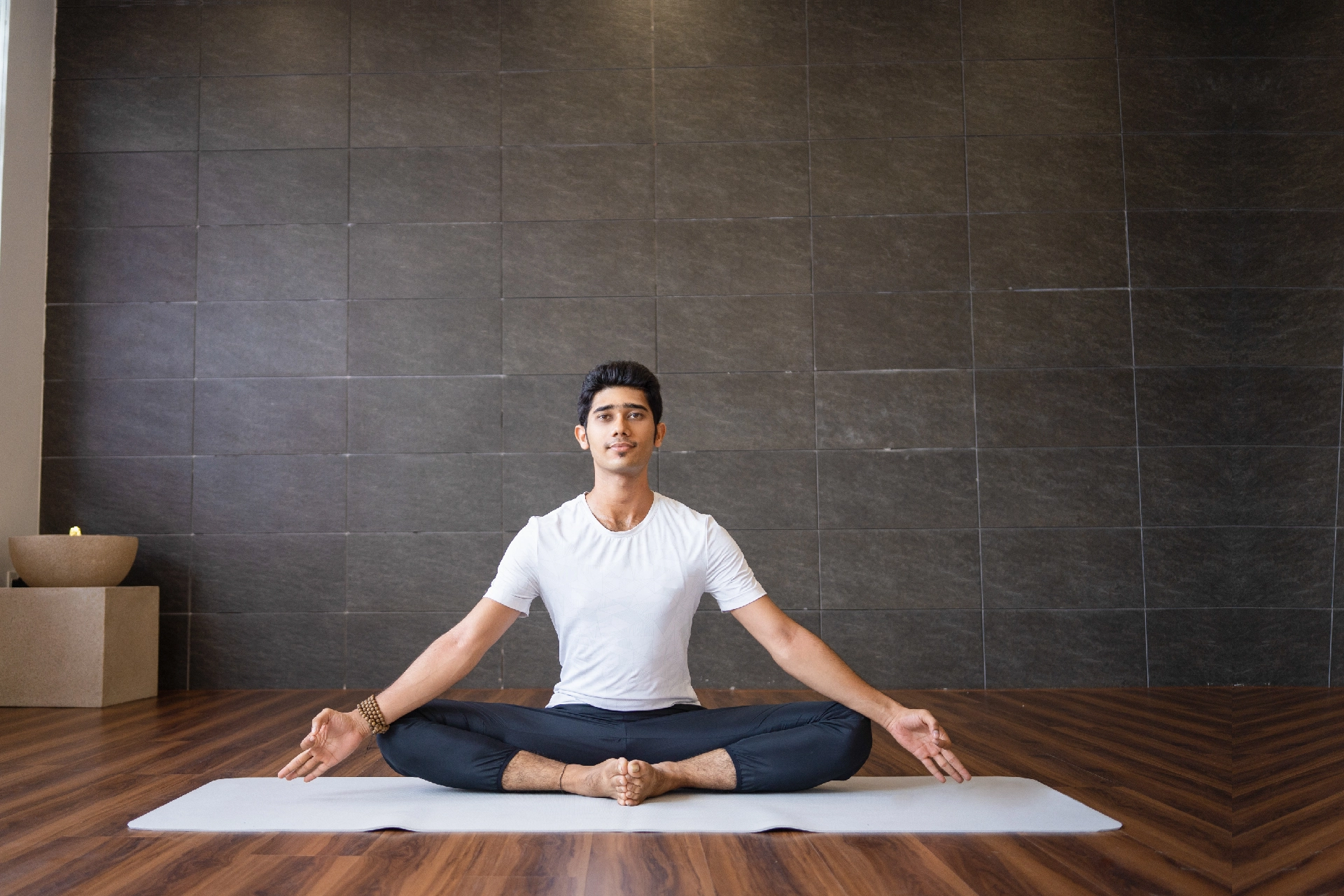Physiotherapist | 6 min read
Practice Five Spring Yoga Poses in the Season of Blooms!
Medically reviewed by
Table of Content
Key Takeaways
- It is common for people to become less active during the winter
- Spring yoga poses are a great way to stretch and rejuvenate the body
- The bridge, wheel, gate, and camel pose are common spring yoga poses
With the beautiful blooming season of new beginnings around the corner, it is essential that you support and re-strengthen your body with a restorative yoga sequence for spring. This is because while the start of spring means the end of cold and hibernating months, it also brings with it certain respiratory health conditions. As spring invites us to delightful warmer days, it is a good idea to try a few spring yoga poses. These help you stay mentally and physically fit. Along with doing meditation and poses of yoga for immunity, this is a good way to promote well-being during the season.
Additional Read: Winter Yoga PosesThe importance of a practicing a spring yoga sequence
The spring season is the right time for a fresh start, and you can give yourself one with body cleansing. Kapha dosha is a combination of the earth and water element [1]. It is located primarily in your chest and stomach cavities. During the winter months, it accumulates in your body and leads you to feel slothful or sluggish and gain weight. So, spring is ideal for shedding heavier layers and nurturing the body by doing yoga. Form a daily routine, and when you stick to it, the accumulation will dissolve and be released from your body.
Five spring yoga poses for you to practice.
One of the important things that your yoga sequence for spring should do is restore your energy and make you feel rejuvenated. This, in turn, can help:
- Start the detox process
- Get the fluids in the body moving
- Kickstart an inactive digestive tract
- Prevent congestion
For a better understanding of these poses, their benefits, and how you can perform them, read on.

Gate pose
This pose is a part of the Iyengar sequence. It is a great way to stretch and start your restorative yoga sequence for spring. It helps your body warm up and prepare for the next set of poses. It helps open your shoulders and reduces neck and shoulder tension. This is especially important for you if you spend a lot of your day working in a chair or in a seated position. A few other poses that are a part of the Iyengar sequence are:
- Gate Pose
- Mountain Pose
- Warrior Pose
The gate pose from this sequence is quite popular and can be performed by following these simple steps:
- Kneel down with your knees apart
- Move your left leg straight out to the side
- Drop your left hand down to rest lightly on your left leg
- Stretch your right arm up and over to the left until you feel the stretch in your right side
- Look up and underneath your right arm
Backbends
These are heart-opening asanas. They offer many benefits and are generally energizing and revitalizing. There are three poses you can try, which are:
- Bridge Pose
- Wheel Pose
- Camel Pose
The bridge pose can be performed by following these simple steps:
- Lie down and then bend both your knees
- Make sure you are centered on the yoga mat
- Tuck the chin while you lift the hips
- Interlock your hands behind your back
- Keep your thighs engaged while relaxing the glutes
- Before releasing the pose, lift the hips a little higher
Twists
Twisting your body can help you in two ways - support your metabolism and purify your organs. It also helps strengthen your spine. Some of the common poses that involve twists are:
- Revolved Side Angle Pose
- Revolved Belly Pose
- Revolved Triangle Pose
Before you perform twist yoga, keep these pointers in mind
- Make sure that you take a deep breath to elongate your spine
- Your twist starts at the end and not from the center or top
- If the pose calls for it, then your ribcage and pelvis region should move in opposite directions
Not doing these twists correctly can cause complications that can be harmful to your mobility and flexibility. You should avoid doing twists if you have a spinal injury, joint issues, digestive problems, or are pregnant.
Dynamic forward folds
he forward fold flow helps with inversion, which refers to any pose that results in your heart being positioned above your head. This flow helps the body by directing all the blood supply to the head. A few examples of such poses are:
- Seated forward fold
- Rabbit pose
- Standing forward fold
These poses help regulate water and help your kidneys and bladder. It can also help balance your emotions.
Do the rabbit pose by following these simple steps:
- Sit on your heels
- Grip your heel with your hand while exhaling
- Keep your thumbs should be on the outside while your fingers rest on the inside of your feet
- Stimulate your core, keep the top of your head on the floor and look at your knees
- Try to move your forehead as close to your knees as possible
- Lift your hips high and roll forward, resembling a wheel. Do this until you lock your elbows
- Inhale and with a strong grip, pull your heels
- Exhale and keep taking deep breaths
Wind-relieving pose
Also known as pawanmuktasana, this pose revitalizes your large intestine. It benefits by relieving bloating and removing the excess and toxic gas from your body. Perform it by following these simple steps:
- Lie on the floor with your back straight and your arms and legs are drawn out on the floor
- Exhale and bring both your knees towards your chest
- Bring your legs towards your chest, clutch them in a way so that they hug your chest
- Hold your right knee, extend your left leg along the floor
- Maintain this pose for about a minute without exerting your body
- Pull your left up and towards your chest and grasp with your hands around both knees again
- Extend your right leg along the floor while holding your left knee
- Alternate between the two legs after bringing both knees to your chest
- Take a deep breath, exhale and extend both legs along the floor
There are a few alternatives you can try as well. These can help make the pose intense or simple and easy. For example, to simplify and make the pose easier, you can use a strap instead of your hands to clasp your knees. If laying one leg on the floor is difficult, then you can bend your knee and keep your foot on the floor. To intensify the stretch, touch your nose to your knee.
Additional read: Yoga Poses for ConstipationYoga is a lifestyle and something that you should make a part of your day-to-day life. There are several spring yoga poses that you can try to reinvigorate the body. This will provide a therapeutic effect and can also increase the quality of your life [2]. Sun salutations, for instance, are a great choice. They help improve circulation throughout the body and leave you feeling rejuvenated. You should try these based on your comfort level and your ability.
If you face difficulties or have issues when performing certain poses, search for alternatives that may be easier. For guidance on the best spring yoga poses or to address symptoms during changing seasons, find the right professionals on Bajaj Finserv Health. Get answers to any queries you may have and receive quality care to stay in the pink of health. Stay healthy this spring and book online consultations with top specialists in your city.
References
- https://www.keralatourism.org/ayurveda/pathology/kapha
- https://www.ncbi.nlm.nih.gov/pmc/articles/PMC3193654/
Disclaimer
Please note that this article is solely meant for informational purposes and Bajaj Finserv Health Limited (“BFHL”) does not shoulder any responsibility of the views/advice/information expressed/given by the writer/reviewer/originator. This article should not be considered as a substitute for any medical advice, diagnosis or treatment. Always consult with your trusted physician/qualified healthcare professional to evaluate your medical condition. The above article has been reviewed by a qualified doctor and BFHL is not responsible for any damages for any information or services provided by any third party.






